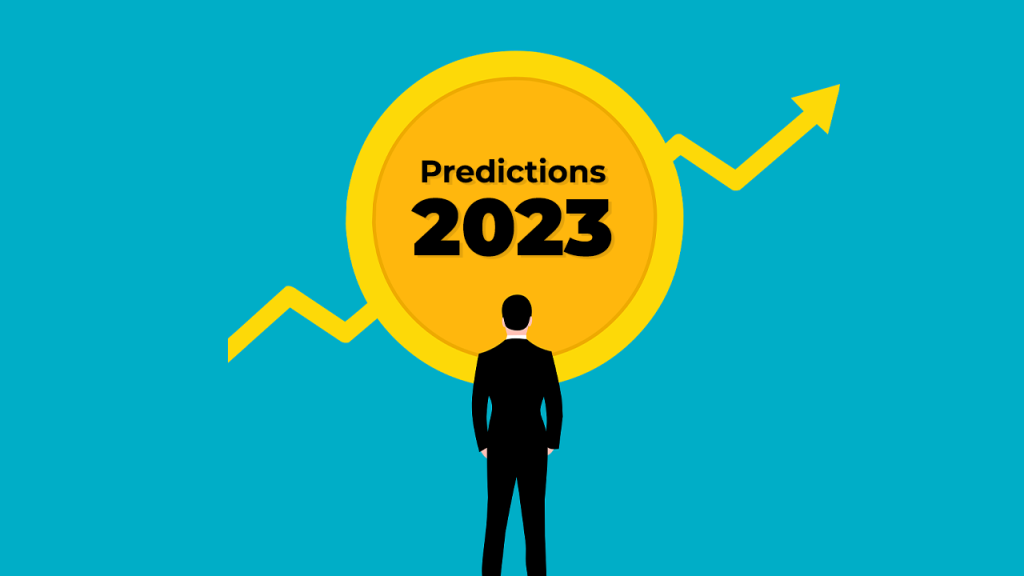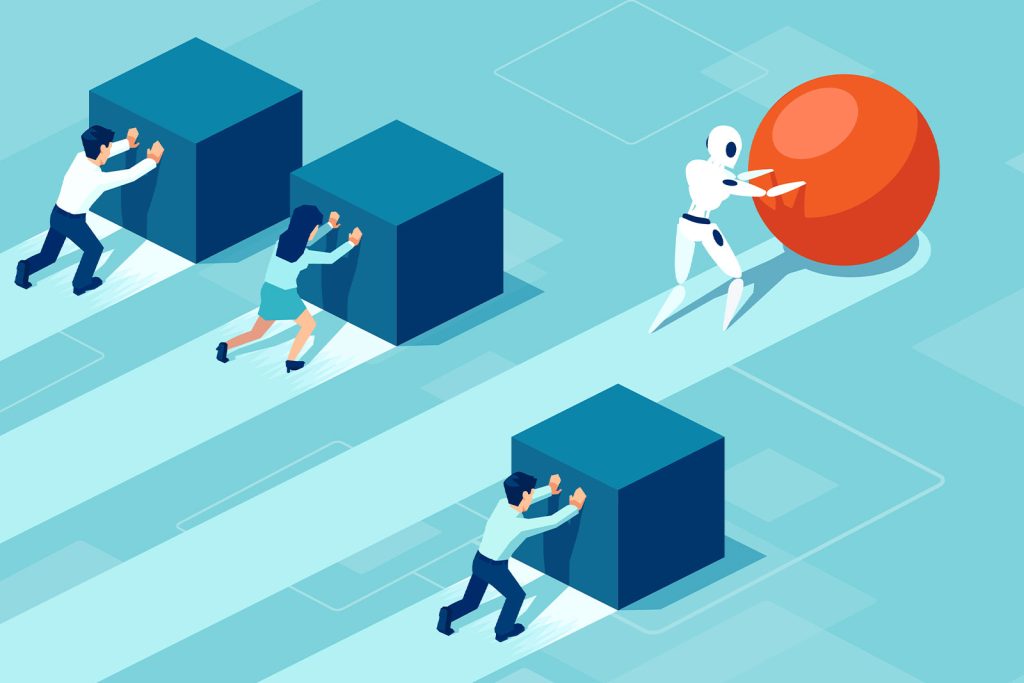Originally published in Forbes.com
My market trends and predictions for 2021, be it for AI-based drug discovery or cybersecurity, have certainly accelerated in 2022 as a result of Covid-19 and the ongoing pandemic. This has brought unprecedented uncertainty, fear and challenges to how we do business, work, live and play.
But as they say, “Necessity is the mother of invention.” Covid gave rise to digital twins, the metaverse, the omniverse, the democratization of AR, VR, and MR by likes of PlugXR.com, blockchain, and NFTs (non-fungible tokens). All of this was fueled by Web 3.0 and 5G for better decentralization, accountability, transparency and governance. The distributed nature of these applications has put the spotlight on distributed services, multicloud environments, digital customer experiences, lights-out operations and composable businesses.
The Data Economy
We certainly have moved beyond the first wave of mobile to cloud computing and now a data economy. Data fuels AI and AI helps to get actionable insights from the data. This was very much evident at AWS re:Invent 2021. There was no talk about big iron machines, networks or storage systems. It was all about deriving data value, everything as a service and growing data relationships with sources and sinks. Enterprises have struggled to collaborate well around their data, which inhibits their ability to adopt transformative applications.
Technologies like robotic data automation are paramount to derive actionable insights from data everywhere to streaming data to quality data. This is also evident from the rise of the roles of CDO (chief data officer) and CAO (chief analytics officer).
No-Code/Low-Code Platforms For Citizen Developers
Most businesses realize the importance of data and AI; however, becoming data-driven can be daunting. It takes close to eight months for an AI model to be incorporated into a business application. This is where no-code/low-code platforms are rising to the challenge of democratizing data and AI, enabling self-service for nonproficient users. The citizen developer is a line-of-business user who is looking to derive dynamic insights from the data, using conversational queries, without being restricted to static dashboards.
Cybersecurity And The Rise Of 5G, IoT And Edge AI
5G, AI and security need each other for broader penetration. The data from IoT endpoints on everything from factory floors to autonomous vehicles is going to create a data tsunami. Edge computing needs a different approach to tame this streaming data deluge.
Edge AI and federated learning are rising to the challenge, where models are trained on local and centralized datasets, without sharing datasets and violating privacy. Security with the rise of XDR (extended detection and response), SIEM (security information and event management) and SOAR (security orchestration, automation and response), complemented with AIOps, is going to be paramount in handling the edge as applications and data become distributed, as outlined by Gartner in its strategic tech trends for 2022.
Rise Of Observability, AIOps And Hyperautomation
How do we operationalize these new complex applications and multicloud native technologies? How do we ensure service assurance in this data economy? A new approach is needed, which has made observability, AIOps and hyperautomation paramount. The lack of this approach is evident in recent security breaches (e.g., Colonial Pipeline) and the recent exposure with Log4j.
Data observability is the ability to determine the internal state of a full stack based on externally available artifacts like metrics, events, logs and traces. Observability needs to be implemented both in DevOps and DevSecOps methodology and is the primary mechanism to evaluate digital customer experience and service assurance.
However, observability needs to be augmented with AIOps for contextualization and infusing prescriptive analytics and AI in these workflows. Finally, hyperautomation is a business-driven approach to identify and automate as many business and IT processes as possible. Though hyperautomation leverages RPA (robotic process automation), what is notably missing is the notion of robotic data automation. This triad needs to work in fusion for meaningful operationalization of the data economy.
Data Fabric
Just like last year, data fabric is a top Gartner technology trend for 2022, as well as in the much-talked-about data mesh architecture laid forth by Zhamak Dehghani. Data fabric is the next generation of data management and integrates several data silos, whether they be data warehouses, data lakehouses, data marts or data observability sources. Data fabric is much more than just data persistence and enables in-place, self-service analytics, classification and governance by leveraging AI. It is able to consolidate across disparate, siloed data sources, converge using metadata, data automation and AI, and then conclude with actionable outcomes, bringing together observability, AIOps and automation.
Conversational AI And Explainable AI (XAI)
DeepMind recently released its new ULLM (ultra-large language model ) called Gopher, which outperforms earlier such models like OpenAI’s GPT-3. We will continue to see more progress with conversational AI, which will have big business implications and use cases like service desks, digital assistants and more. However, there are challenges with AI around biases, ethics, privacy and trust. This is leading to the rise of explainable and responsible AI, which mitigates these challenges with transparency, reproducibility, explainability and security.
Supercloud
Superclouds are domain-specific clouds built on top of hyperscalers to derive deeper business insights, better time to market and innovation. Superclouds abstract the complexity involved with the multicloud implementations while making it much easier to consume services. Not only are cloud/software vendors (Snowflake, Databricks) beginning to build their own superclouds, but companies outside of the tech space (Goldman Sachs, Nasdaq, United Airlines) are looking to create their own as well.
I plan to reflect back on these trends when we enter 2023 and am hopeful that 2022 turns out to be a pivotal year for the data economy.




